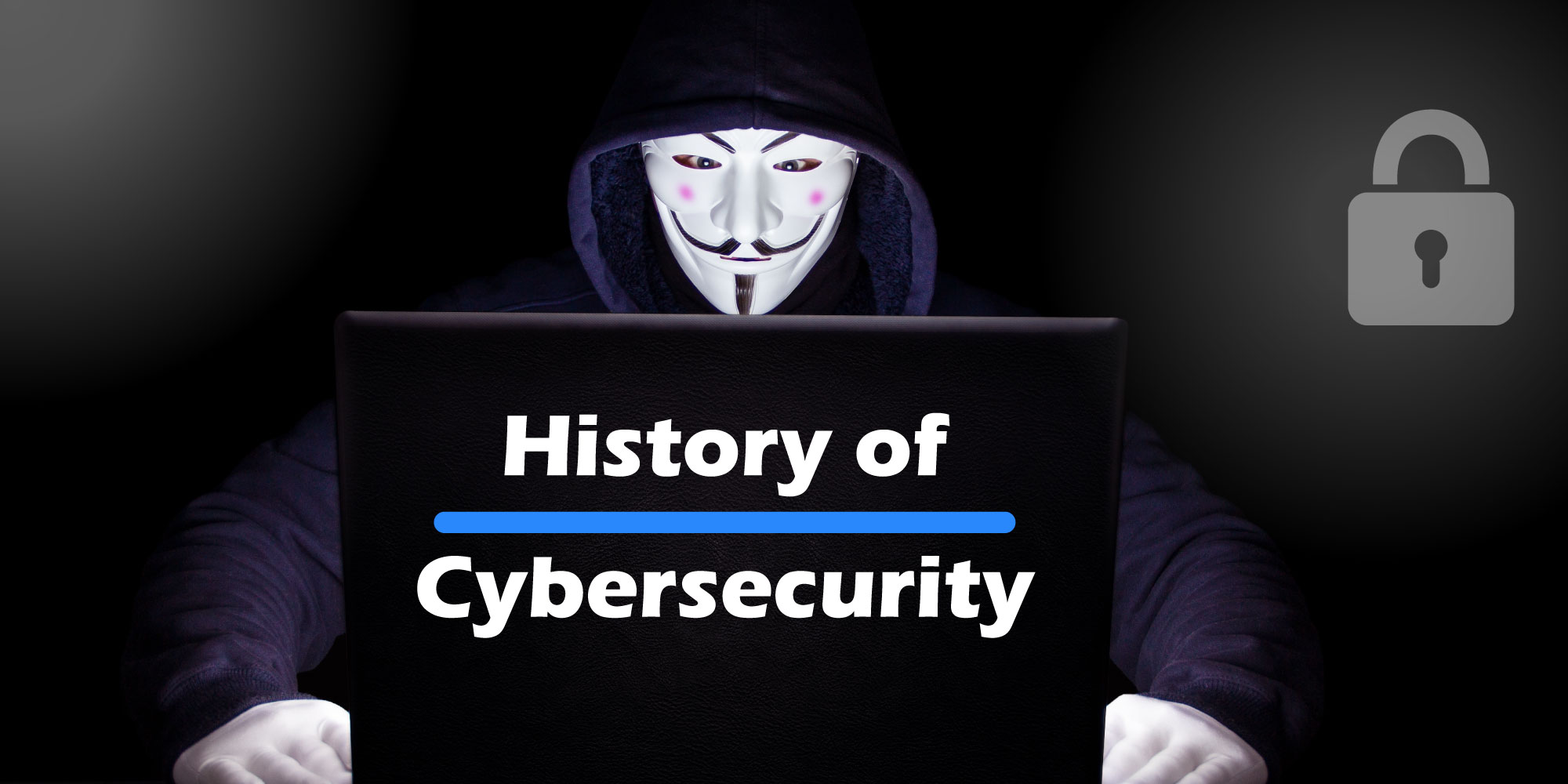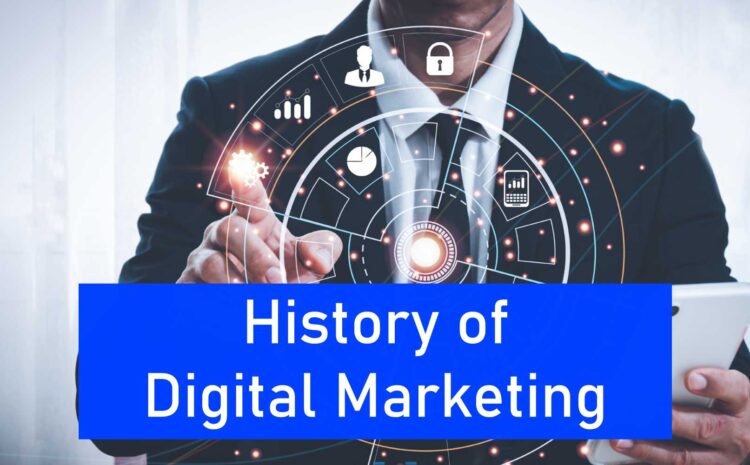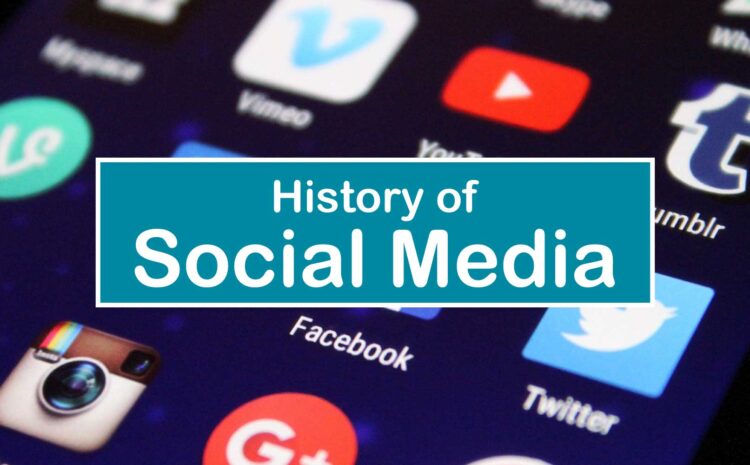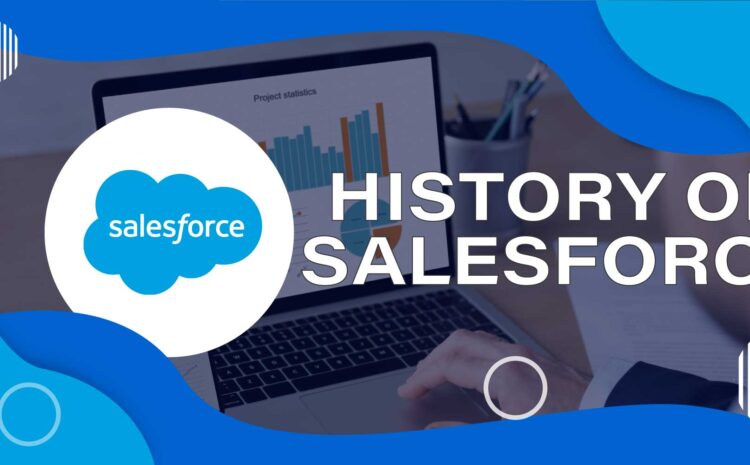Hello and welcome to another History of blog post! We’ll talk about cybersecurity today and go through some intriguing facts you may not be aware of. Let’s get started.
Companies today often work to minimize cyber-attacks to keep consumer and business data, high-risk information, much safer. Because of our increased reliance on computer systems, the Internet, and wireless network technologies like Bluetooth and Wi-Fi, cybersecurity is becoming increasingly important.
Where did it all begin?
It began in 1960, when organizations began to become diligent about guarding their computers. There was no internet or network to worry about, therefore security was limited to physical considerations. Passwords and many levels of protection were added to the system. Fire safety measures were taken to ensure that the data stored in the system was protected also.
The first computer virus was created inadvertently. In the year 1970, engineer Bob Thomas designed a code intending to move programs between systems connected by ARPANET. In exchange, Bob’s buddy Ray Tomlinson wrote a more advanced version of the software that copies itself several times on the computer system. This Creeper vs. Reaper conflict was a watershed moment in cyber security history because it showed how one computer can get into another and replicate dangerous code.
Robert Morris created software in 1988 that was the first known Denial-of-Services (DoS) attack. Morris didn’t design the code with malice in mind; rather, he wanted to demonstrate how vulnerable the internet was at the time. The worm duplicated so swiftly that it slowed down the internet.
In 1986, German computer hacker Marcus Hess stole US military secrets and proposed trading those codes to the KGB. Internet usage began to increase rapidly, which gave rise to the new virus called Morris Worm. It aimed to recognize weak areas in a network-interruption-blocking system. The worm replicates so quickly it harms the system and reduces internet speed.
As computer viruses and worms got more powerful and faster in the 1990s, hackers gained an advantage. The attackers discovered an excellent source of funding and began obtaining personal data from government officials and citizens over the internet. Researchers also created a virtual firewall that was constructed on the physical body to prevent the spread of flames inside structures.
Jonathan James was just 15 years old when he became recognized for his hacking abilities and daring in 1999. James was able to view emails and material from several government agencies. He was apprehended, but because of his youth, he received a short punishment. If you’ve ever seen the movie Hackers, produced in the US in 1995, starring Angelina Jolie and Jonny Lee Miller, you’ll have an idea of what kind of bans Jonathan James was hit with. Another strike on government entities occurred in 1998 when a systematic cyberattack was undertaken in the U. S.
ILOVEYOU, which debuted in May 2000, was the first virus to infect tens of thousands of computers in a matter of hours. It was a VBScript disguised as a .txt file that caused damage to the local machine and sent a copy of itself to all e-mail addresses in a user’s Windows Address Book. It started in the Philippines and infected computers all over the world in Asia, Europe, and the Americas within hours. It caused an estimated $5.4 to $8.7 billion in global damage.
Cybersecurity Today
By the 2010s, the internet was no longer limited to home computers; instead, it was a part of everyday life. This created plentiful opportunities for cyber attacks, including identity theft and ransom attacks. The 2020s have seen a sharp increase in high-profile ransomware attacks, such as WannaCry and the Colonial Pipeline breach. Next-generation cyber security measures are evolving to keep up, with multi-factor authentication and real-time protection. The global cybersecurity market is forecast to grow to $345.4 billion by 2026, according to Statista. Ransomware is one of the most prevalent dangers to any organization’s data security, and the number of cyber-attacks is expected to continue to increase.
You can be ready to help companies fight cybercrime. CloudQ has partnered with Profabula to bring you access to information on their CCSK Plus Labs course, so you can hone your skills and learn new things to find better employment in the cybersecurity realm. Be sure and check it out here:
If you’d like to check out some of our other History of posts, you can find those here: As always, thanks so much for reading, and we hope to see you again soon!

 Linkedin
Linkedin


